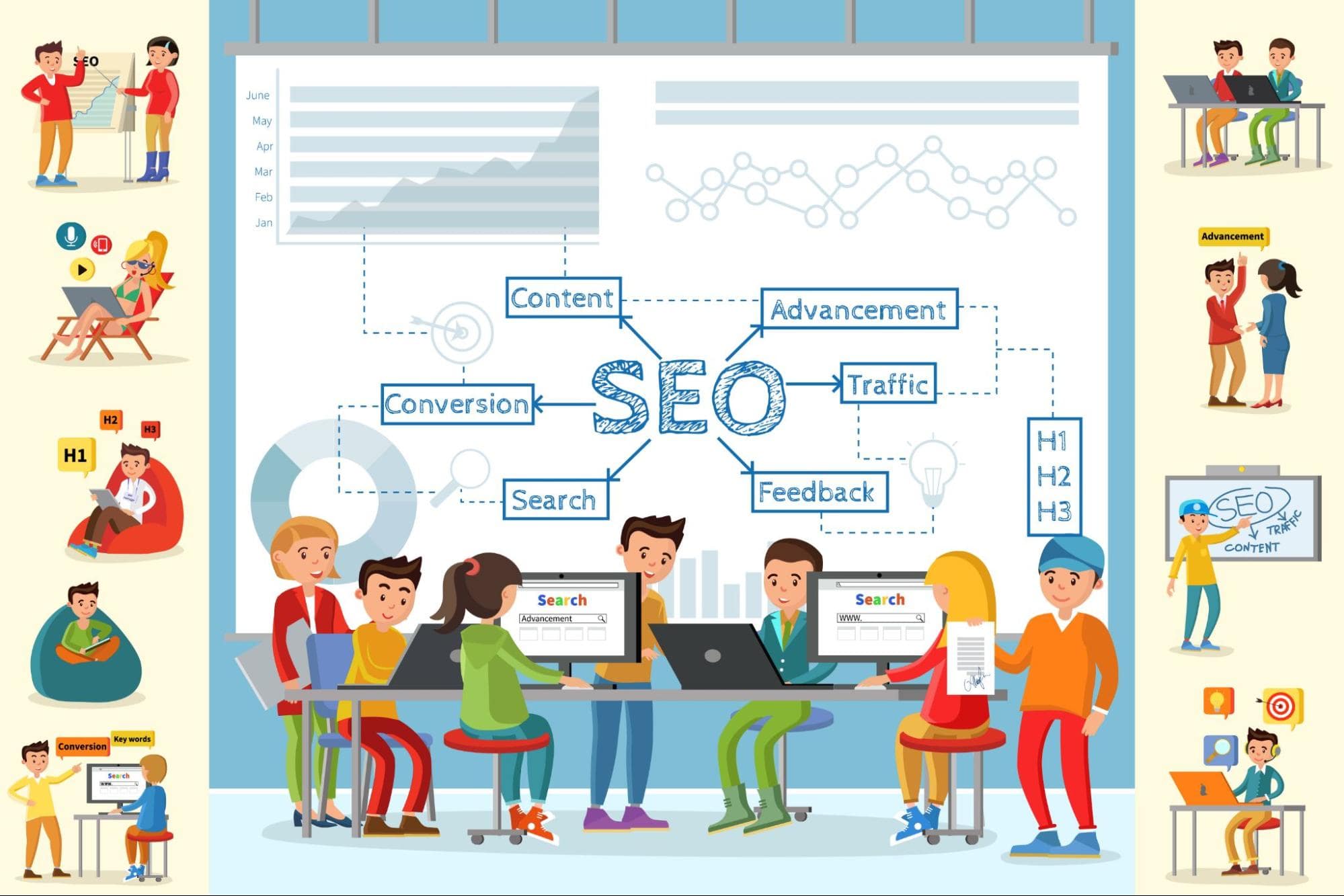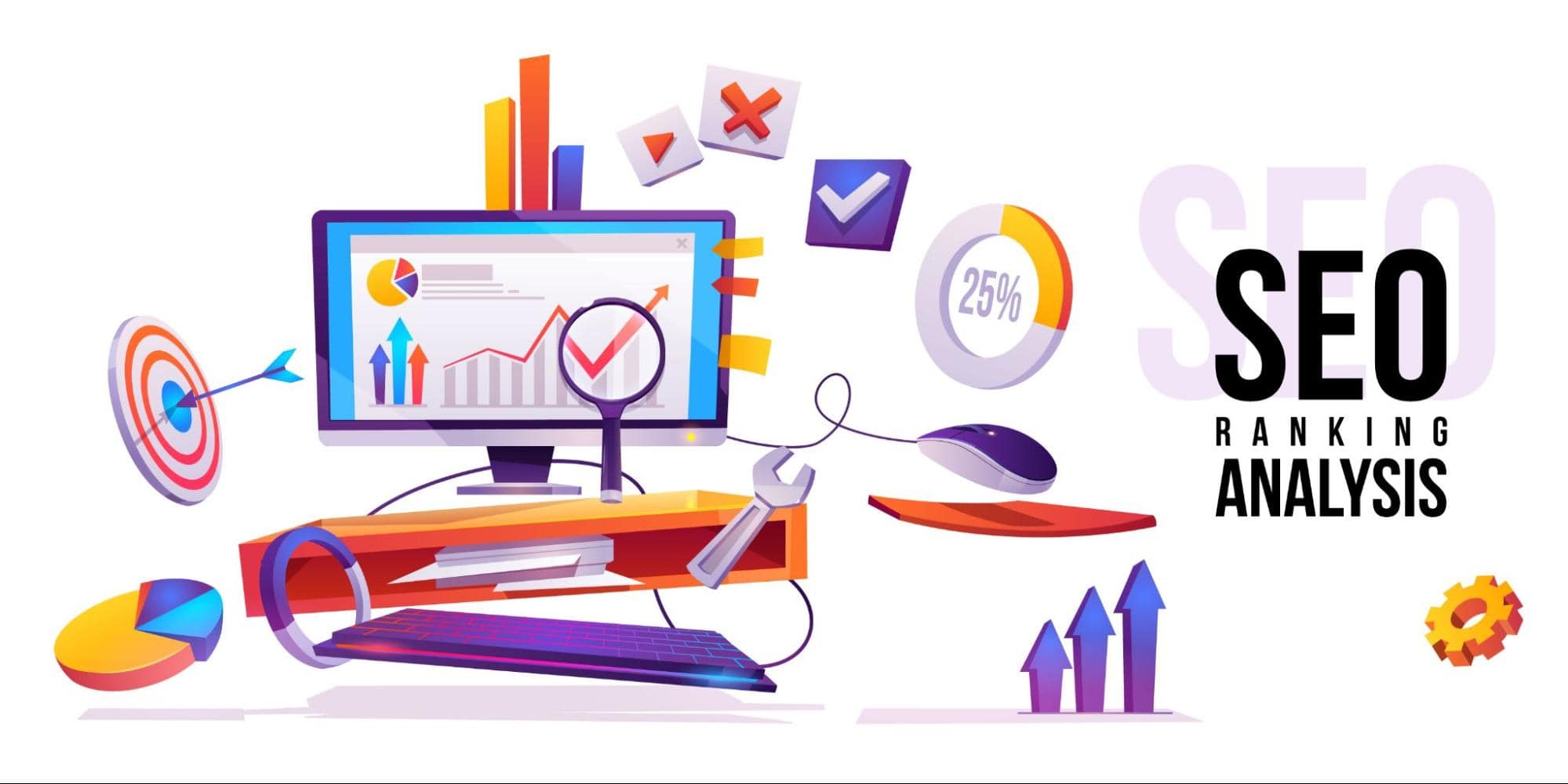Tired of the endless cycle of paying for every single click and lead? Imagine building a digital machine that brings qualified prospects to your website around the clock, all without the constant pressure of a running ad budget.
SEO lead generation uses search engine optimization to attract organic traffic and convert visitors into leads. Unlike paid ads that interrupt users, this method targets people already searching for your products or services.
By answering their questions and solving their problems, you attract prospects who are naturally a better fit, leading to higher-quality conversations and a more predictable pipeline for your business.
In this article, we’ll explore key SEO strategies that will help you attract high-intent visitors and convert them into real business leads.
SEO Lead Generation: 10 Expert Tactics That Drive Sales

SEO Lead Generation strategy is all about using organic search as your primary channel for attracting potential customers. It’s a long-term approach that builds a valuable asset for your business.
- Definition: At its core, SEO lead generation applies to optimize your website and content to appear in search engine results for queries made by your ideal customers. The goal is to drive relevant traffic that you can then convert into leads through forms, phone calls, or other actions.
- Difference from paid lead generation: Paid ads (like Google Ads) offer immediate visibility but stop the moment you stop paying. SEO, on the other hand, builds cumulative value. The rankings you earn can generate leads for months or even years, creating a more sustainable and cost-effective channel over time.
Keyword Research for Lead Intent
You can't generate leads if you don't know what your potential customers are searching for. Keyword research is the basis of any successful SEO lead generation campaign.
- Targeting commercial and transactional intent: Go beyond informational keywords (like "what is a plumber"). Focus on keywords that signal a user is ready to buy or inquire. These include commercial keywords (e.g., "best emergency plumber") and transactional keywords (e.g., "plumber near me" or "hire a plumber").
- Using tools: Use tools like Ahrefs, SEMrush, or even Google's free Keyword Planner to uncover what your audience is searching into the search bar. Look at search volume, keyword difficulty, and, most importantly, the intent behind the query.
- Mapping keywords to the funnel: Assign keywords to different stages of the customer journey. "How to fix a leaky faucet" is top-of-funnel (awareness), while "24/7 plumbing services" is bottom-of-funnel (ready to convert). Your lead generation efforts should heavily target the middle and bottom of the funnel.
Optimizing Landing Pages for SEO & Conversion
Getting traffic to your page is only half the battle. Your landing pages must be optimized to persuade visitors to take the next step and become a lead.
- On-page SEO: Ensure your landing pages have clear title tags, descriptive headers (H1, H2s), and user-friendly URLs. These elements tell Google what your page is about, helping it rank for the right keywords. Strong internal linking from other relevant pages on your site also passes authority and helps search engines discover your page.
- Lead-focused CTAs: Your call-to-action (CTA) should be impossible to miss. Use action-oriented language like "Get a Free Quote" or "Schedule Your Consultation." Place CTAs and lead capture forms above the fold (visible without scrolling) and repeat them further down the page.
- Building trust elements: People do business with companies they trust. Boost your credibility by including testimonials, customer reviews, industry badges, security seals (like SSL), and compelling case studies directly on your landing page.
Blogging for Lead Generation

A blog is one of your most powerful tools for attracting leads who aren't quite ready to buy. It allows you to build authority and guide them toward a decision.
- Attracting middle and bottom-funnel searchers: While some blogs target beginners, focus your lead-gen efforts on content that solves problems for people closer to making a purchase. Think "X vs. Y Product Comparison" or "How to Choose the Best [Your Service]." These topics attract an audience with high commercial intent.
- Using blog CTAs: Don't let a blog post be a dead end. Embed relevant CTAs within your content. These can be simple text links ("Learn more about our services here") or graphical banners that direct readers to a dedicated landing page or a contact form.
- Interlinking with lead-focused pages: Every relevant blog post should contain internal links pointing to your core service pages and landing pages. This not only helps with SEO but also creates a clear path for a reader to move from learning to inquiring.
Local SEO for Local Leads
For businesses that serve a specific geographic area, local SEO is non-negotiable. It helps you appear in front of customers searching for services in their immediate vicinity.
- Optimizing for geo-targeted keywords: Target keywords that include city names, neighborhoods, or "near me" phrases (e.g., "HVAC repair in Brooklyn"). Include these naturally in your page titles, headers, and body content.
- Google Business Profile optimization: Your Google Business Profile (GBP) is often your first impression on local searchers. Keep your name, address, and phone number (NAP) consistent, upload high-quality photos, encourage reviews, and use Google Posts to share updates and offers.
- Localized content and citations: Create content specific to your service area, like case studies of local jobs or blog posts about local events you're involved in. Build local citations by getting your business listed in reputable local directories to reinforce your geographic relevance to Google.
Link Building to Attract Traffic & Authority
Backlinks (links from other websites to yours) are like votes of confidence in the eyes of search engines. The more high-quality backlinks you have, the more authoritative your site becomes.
- Earning backlinks: Actively seek out link-building opportunities. This can include writing guest posts for industry blogs, forming partnerships with complementary businesses, or simple reaching out to ask for a link from a site that has mentioned your brand.
- Building authority: A strong backlink profile tells Google your site is a trustworthy source of information. This authority helps all your pages, especially your key lead-generating pages, rank higher in search results.
- Getting links to core pages: While linking to your homepage is good, focus your efforts on building links directly to your most important service and landing pages. A link pointing to your "Emergency Electrical Services" page is highly valuable for generating relevant leads.
Technical SEO for Lead Capture

A poor user experience can kill your conversion rates. Technical SEO ensures your site is fast, accessible, and easy for both users and search engines to navigate.
- Fast load speeds and mobile responsiveness: Today's users expect pages to load in under three seconds. Slow speeds lead to high bounce rates. Equally important is mobile responsiveness your site must look and work perfectly on smartphones, where a majority of searches now happen.
- Schema markup: Implement schema markup to give search engines more context about your content. This can help you win rich snippets in search results. Useful types include FAQ schema for question-and-answer pages, and Review schema to show off your star ratings directly in the search results.
- Proper indexing: Use your robots.txt file and sitemaps to ensure search engines can easily find and index your key lead generation pages.
Tracking Leads from SEO
If you don't track your results, you can't improve them. Proper tracking shows you exactly how your SEO efforts are translating into real business leads.
- Google Analytics and Search Console: These tools are essential. Google Search Console shows you which queries are driving traffic to your site. Google Analytics shows you what users do once they arrive.
- Setting up goal tracking and UTM links: In Google Analytics, set up Goals to track form submissions or thank-you page visits. This lets you see exactly which pages are generating the most leads. For specific campaigns (like in an email newsletter), use UTM links to track the source of your traffic and conversions precisely.
- CRM integration: For a complete picture, integrate your website forms with a Customer Relationship Management (CRM) system. This allows you to follow a lead all the way from their initial Google search to the final sale, giving you a true understanding of your SEO ROI.
Optimizing for Featured Snippets & Zero-Click Leads
Many searches are now answered directly on the results page in "Position Zero," or the featured snippet. You can capture this valuable real estate and still generate leads.
- Structuring content for snippets: Google often pulls snippets from content that is well-structured and directly answers a user's question. Use clear headings and provide concise, factual answers right below them.
- Using question-based headings: Format your H2s and H3s as common questions your audience might ask (e.g., "How Much Does It Cost to Hire a Consultant?"). Then, provide a direct answer in the following paragraph. This format is highly attractive for snippet selection.
- Adding secondary CTAs: Even if a user gets their answer from the snippet without clicking, you can still win. Include a secondary call-to-action in the snippet-targeted content, such as "For a personalized quote based on your needs, contact our team today." This encourages the next step.
Updating & Refreshing Content for Lead Growth
SEO is not a "set it and forget it" activity. To maintain and grow your lead flow, you need to review and improve your existing content regularly.
- Regular content audits: Periodically conduct an audit to identify underperforming pages. Look for pages that have dropped in rankings or have low conversion rates. These are prime candidates for an update.
- Refreshing old blog posts: Your old content can be a goldmine. Update outdated blog posts with new statistics, fresh information, and insights. Ensure the content aligns with your current lead-gen goals and is still relevant to your target audience.
- Adding updated CTAs: As your business evolves, so should your offers. Review old posts and pages to ensure the CTAs are still relevant. Swap out old, underperforming calls-to-action with new ones that are more compelling and better aligned with your service offerings.
Conclusion
SEO lead generation is a powerful, strategic investment in your business's future. It moves you away from a reliance on costly, short-term advertising and toward building a sustainable, long-term asset that delivers a steady stream of qualified prospects. By focusing on user intent, creating valuable content, and ensuring a seamless technical experience, you can transform your website from a simple online brochure into your most effective lead generation tool. The key is to start, track your progress, and consistently refine your approach.
Frequently Asked Questions (FAQs)
SEO is a long-term strategy. While you might see some initial results within 3-4 months, it typically takes 6-12 months of consistent effort to see a significant and steady flow of qualified leads. The timeline depends on factors like your industry's competitiveness, your website's current authority, and the resources you dedicate.
Yes, it's possible to manage your own SEO, especially if you have a small business and are willing to learn. Tools like Google Analytics, Google Business Profile, and various keyword planners are free. However, SEO is complex and time-consuming. Many businesses choose to hire an agency or consultant to leverage their expertise and achieve faster, more predictable results.
Neither is inherently "better"; they serve different purposes. PPC (Pay-Per-Click) is excellent for generating leads quickly and testing new offers. SEO is better for building long-term, sustainable growth with a lower cost-per-lead over time. The best strategy often involves using both PPC for immediate results and SEO for foundational growth.
A qualified lead is a prospect who not only matches your target demographic but has also shown a high degree of interest or intent to buy. In SEO, this is typically someone who found your site by searching for a commercial or transactional keyword (e.g., "emergency roof repair service" instead of "what is a roof"), indicating they have an immediate problem you can solve.

